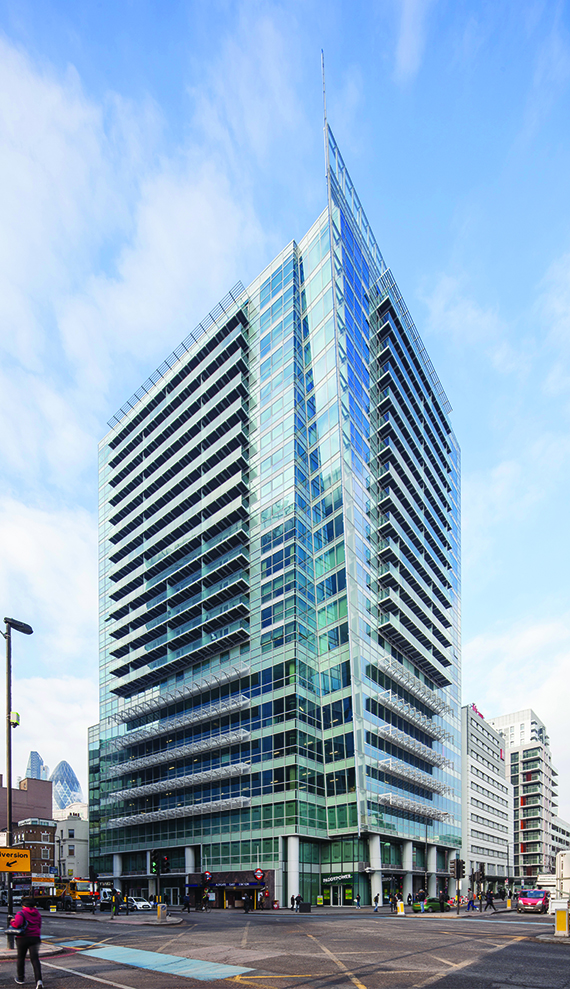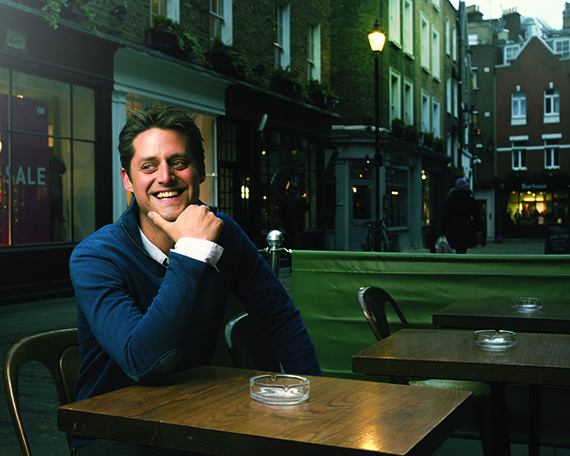Taylor McWilliams is a dressed down, part-time house DJ, with grand plans to install a full-sized Tube carriage in the reception area of his new east London office development. In short, the 34-year-old Texan is not exactly the picture of tradition. If anything, at first glance he appears to epitomise the opposite.
But looks can be deceiving and woe betide any quick-to-judge investors or, indeed, rival developers, who might write him off as yet another bright young thing dabbling in the London property market to cater for east London’s growing army of start-up kids.
McWilliams is also founder and chief executive of Hondo Enterprises, a real estate group now managing £150m of assets.
He is the man responsible for teaming up with New York’s iconic Gansevoort Hotel Group to bring the brand’s first property to London by summer 2016. And he has grand plans to draw traditional occupiers out of London’s core with his first major London development in Aldgate, E1 – a new style of commercial space that he is convinced will appeal to corporates and creatives alike when it launches in April – Tube carriage public art, and all.

Occupier overhaul
“The investor benefits of looking at areas like Aldgate are massive,” says McWilliams. Obviously he would say that, given that is the location of the 100,000 sq ft Relay Building development.
But he is quick to back his argument to the hilt: “We are over a fibre-optic highway here, meaning that connectivity is faster and more effective than other surrounding areas. We are one minute from Aldgate Tube station and four from Monument.
“We are able to be competitive on prices compared to, say, Shoreditch. And we can offer the sorts of decent-sized floorplates – up to 16,000 sq ft – that are now really difficult to find. Even in east London.”
He adds that these factors, combined with the building’s careful design – large, industrial-style floorplates and a statement lobby tempered by a more traditional 22-storey “brochure-friendly”, shiny exterior – have attracted interest from an unexpected mix of potential tenants.
“We are looking for income backed by a good covenant and, while we were expecting some traditional occupiers to show interest, we have been surprised at just how many corporates, including major banks and lawyers, are looking for this type of space,” he says. “The creative industry may have got there first, but there is now a definite shift. It is about attracting the right talent. Traditional companies want talented young staff, too. And those staff want funky, cool new buildings. Nothing that looks too dull or corporate.”
Not for everyone
McWilliams does concede that his vision for the future of London office space will not strike a chord with everyone.
“I know this will turn some people off,” he says. “There are some people who won’t necessarily want to see a Tube carriage installed in their reception area. But I am prepared to alienate some people by doing what I think will work in the long term.
“There are plenty of corporate buildings in the city. There is nothing interesting about them. And that’s fine. I am confident making the decisions that will offer a new type of space for both creative tenants and traditional occupiers who don’t want to be seen just as being corporate.”











